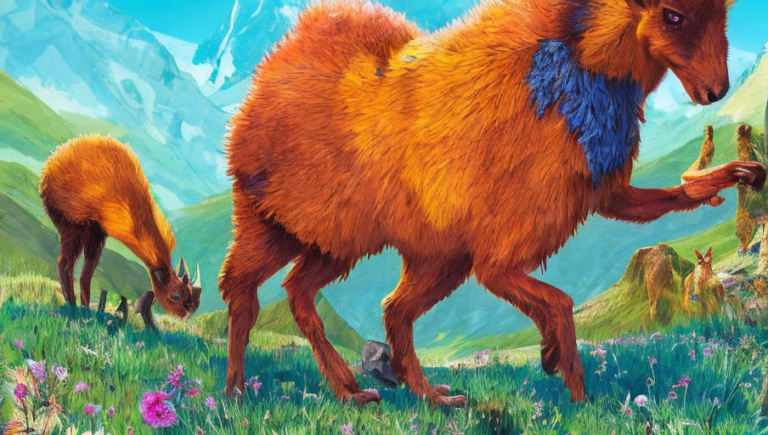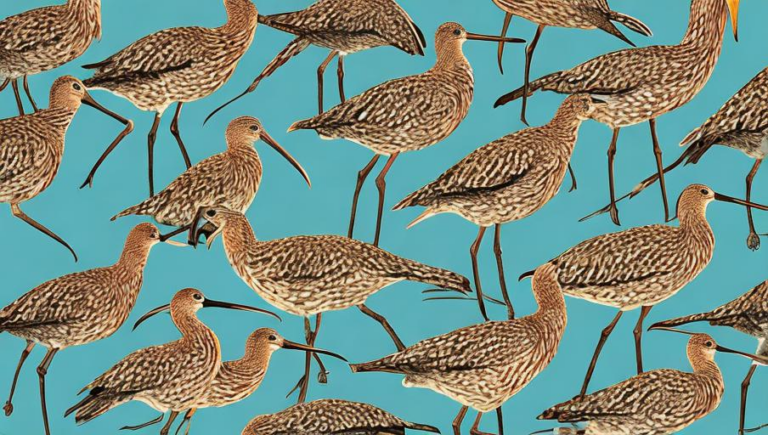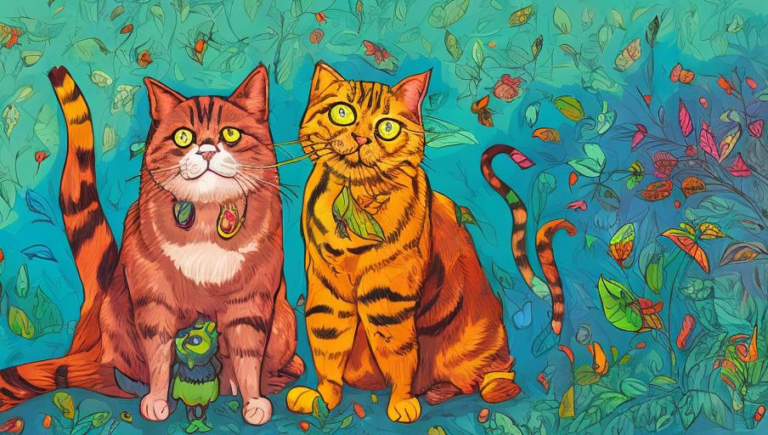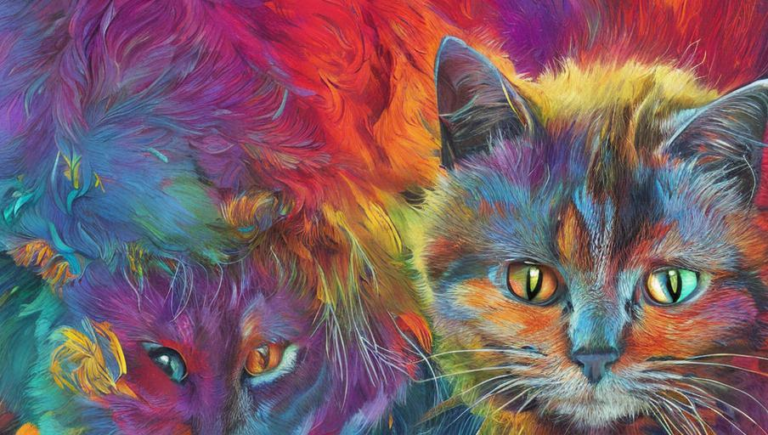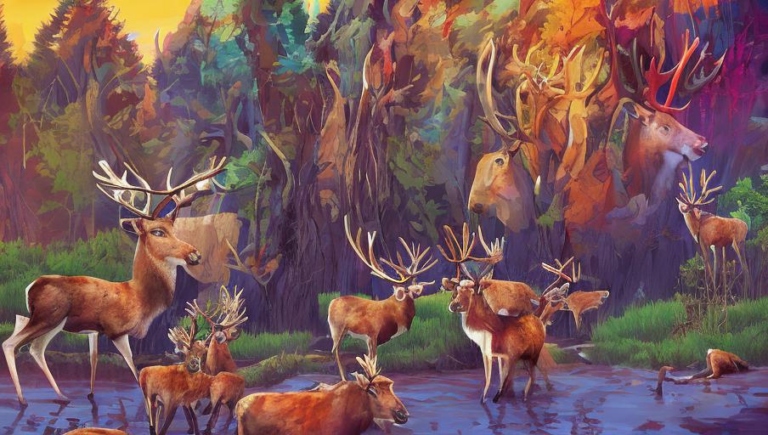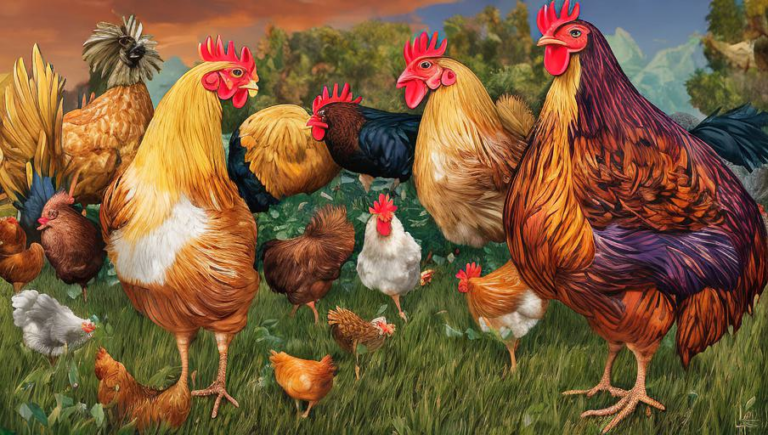Fascinating Habits of the Curlew
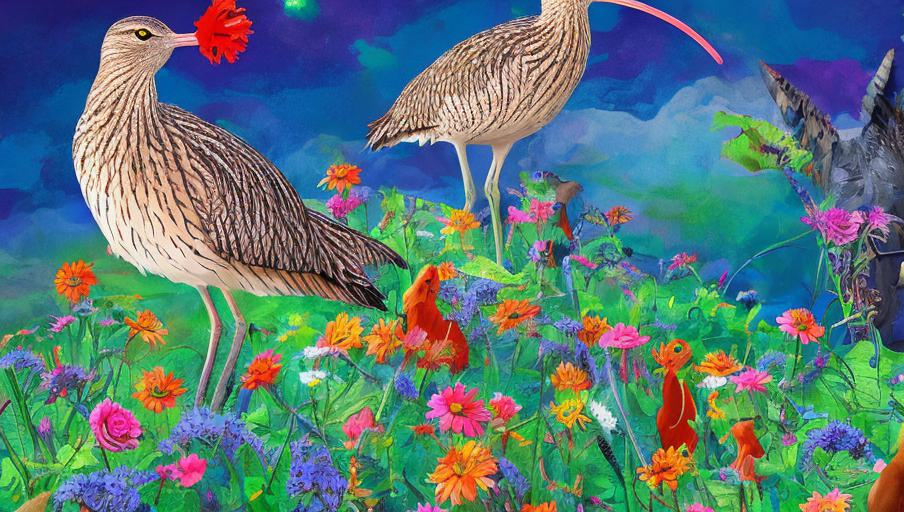
The Incredible Adaptations of the Curlew
The curlew is a species of wading bird with a vast range that extends across the northern hemisphere. It is a large bird that is easily recognizable due to its long, curved bill and mottled brown plumage. The curlew is a master of adaptation, with its unique and diverse behaviors allowing it to thrive in its habitats.
Feeding Habits
The curlew is an omnivore, feeding on a variety of plants and animals. Its long, curved bill is adapted to probing into the ground for food, such as worms and insects, while its broad wings allow it to take flight to find other food sources. During breeding season, the curlew also takes advantage of the abundance of food sources in the form of eggs and chicks of other birds, such as plovers and sandpipers.
Nesting Habits
The curlew nests in a variety of habitats, from shorelines to grasslands. The nest is usually a shallow scrape on the ground, lined with grass and other vegetation. The female typically lays 4-5 eggs, which are incubated by both parents for about a month. After hatching, the chicks are fed by both parents, who take turns searching for food while the other stays with the chicks.
Migration Habits
The curlew is an accomplished long-distance migrant, with some populations undertaking annual migrations of more than 10,000 km. The birds typically migrate in flocks and make use of favorable winds to help them cover the long distances. During their migrations, the curlew may travel over both land and sea, stopping to rest and feed along the way.
Vocalizations
The curlew is known for its loud, far-carrying call, which has been described as a “melodious, melancholy sound”. The calls can be heard during the breeding season, when the birds are calling to establish their territories and attract mates. The call can also be heard during migration and other times of the year, when the birds are communicating with one another.
Conservation
The curlew is listed as a species of Least Concern by the International Union for Conservation of Nature (IUCN). While its population is thought to be stable, there are some threats to the species, such as habitat loss and changes to the natural environment. Conservation efforts are needed to ensure the curlew’s future in the wild.
The curlew is an amazing species with a variety of fascinating habits. Its adaptations and behaviors have allowed it to thrive in its habitats and undertake long-distance migrations. It is an important part of the environment, and it is important to protect it for future generations.
